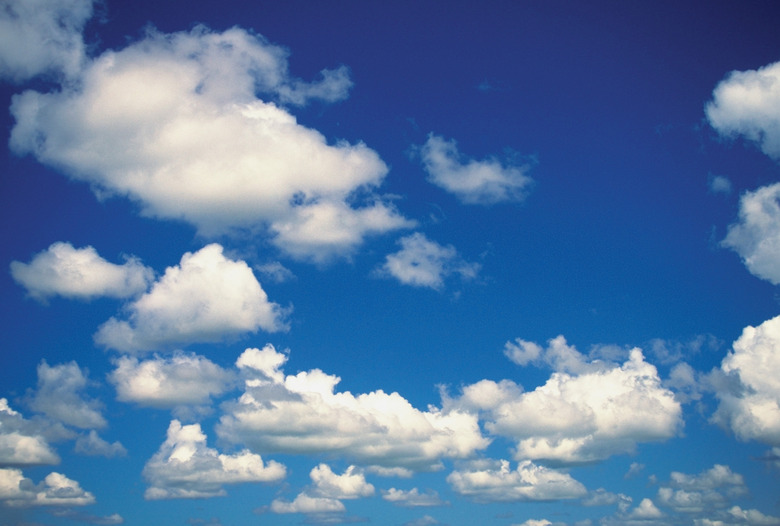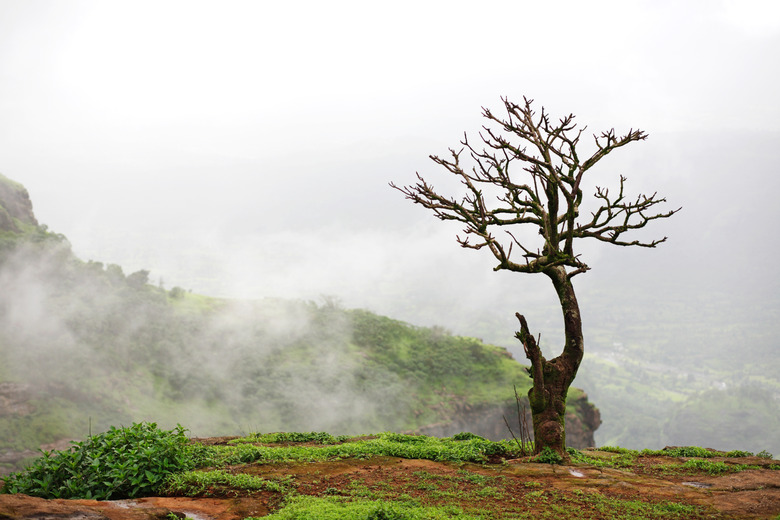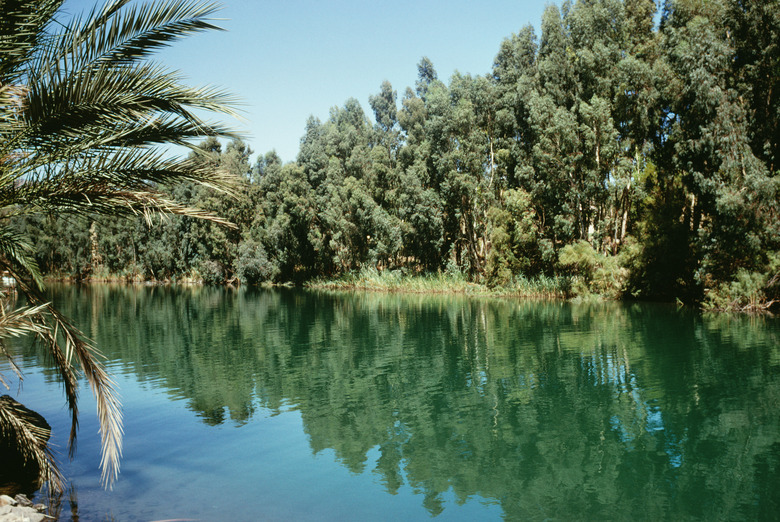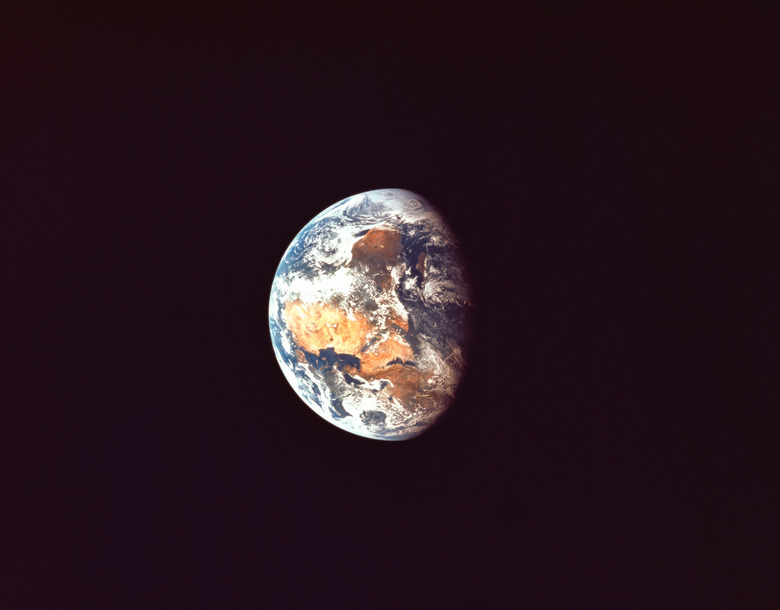Factors Affecting Weather & Climate
Many factors affect the day-to-day weather and long-term climate of a given region. Areas closer to the equator or sea level are generally warmer than areas far from the equator or at high altitudes. Local geography, including distance from the ocean and nearness to mountains, also has a significant influence. Even the type of vegetation in a region can exert a strong influence on local weather patterns.
Climate vs. Weather
Climate vs. Weather
Though some use the terms interchangeably, there are many differences between "climate" and "weather." Climate refers to the average pattern of weather in a specific place over several years, while weather encompasses the natural events happening in the atmosphere each day, including temperature and rainfall. For example, a hurricane may occur in both Florida and Connecticut (weather), but Florida's climate is much warmer than Connecticut's.
Latitude and Altitude
Latitude and Altitude
Latitude, or how far one is from the equator, greatly affects the climate and weather of an area. If you live close to the equator, the climate will be warmer, while moving north or south from the equator brings a cooler climate. Altitude, or how high one is above sea level, has a similar effect–the higher the elevation, the colder the climate.
Proximity to the Ocean
Proximity to the Ocean
Land and water retain different amounts of heat. Land heats more quickly than water, but water holds heat longer. Proximity to water moderates the climate, while inland climates are harsher. Those living near the water will experience breezy, moist weather, when the warm air from the land meets the cooler air from the water and and rises, making for a windy climate with precipitation. The further inland one goes, the drier the climate in most regions.
Mountains
Mountains
Mountain areas are generally colder than surrounding land due to higher altitudes. Mountainous regions block the flow of air masses, which rise to pass over the higher terrain. The rising air is cooled, which causes condensation of water vapor, and precipitation. This being the case, one side of a mountain, the windward side, will often have more precipitation and vegetation; the leeward side is often drier.
Vegetation
Vegetation
Just as climate determines the types of vegetation in a given region, to a certain extent vegetation can contribute to a region's weather. Hot and wet climates in the tropics, for instance, develop rainforests; the more trees and plants there are, the more water vapor in the atmosphere and the moister and cooler the area. Along the same line, dry climates will often enable the growth of grasslands or savannas with little water vapor to contribute to the atmosphere, maintaining drier weather patterns.
Earth's Tilt
Earth's Tilt
Since Earth's axis is tilted at 23.5 degrees, we have seasons. One hemisphere leans toward the sun half the year while the other leans away, and then the situation reverses. Though the climates of the Earth's regions (tropical, temperate, or polar) remain the same no matter the season, the weather is affected.
Cite This Article
MLA
Walkley, A.J.. "Factors Affecting Weather & Climate" sciencing.com, https://www.sciencing.com/factors-affecting-weather-climate-5270471/. 19 April 2018.
APA
Walkley, A.J.. (2018, April 19). Factors Affecting Weather & Climate. sciencing.com. Retrieved from https://www.sciencing.com/factors-affecting-weather-climate-5270471/
Chicago
Walkley, A.J.. Factors Affecting Weather & Climate last modified March 24, 2022. https://www.sciencing.com/factors-affecting-weather-climate-5270471/





